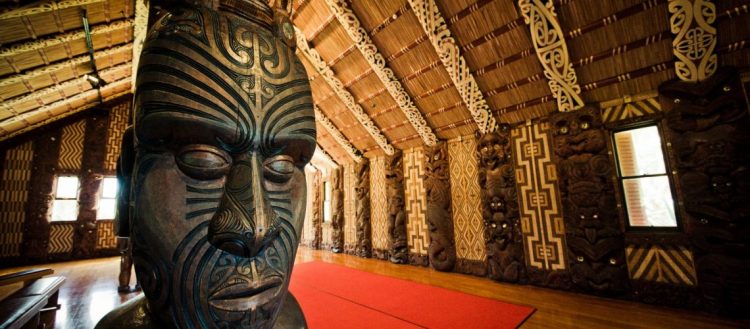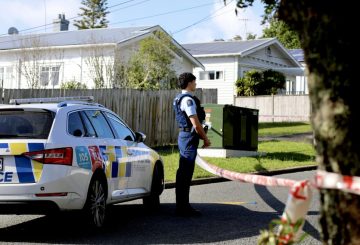뉴질랜드는 2022/06/24(금)에 첫번째 마타리키(Matariki) 공휴일을 지낸다. 마타리키(Matariki)는 마오리 새해의 시작을 뜻한다.
마타리키(Matariki)는 플레이아데스(Pleiades)라고도 알려진 성단(별자리) 이름이다. 뉴질랜드의 겨울 동안 해돋이 전에 북동쪽 지평선에서 이 성단을 볼 수 있다. 이 성단의 출현이 마오리 달력에서 1년의 끝과 새해의 시작인 셈이다.
마오리 천문학 전문가인 랑이 마타무아(Rangi Matamua) 박사는 마타리키(Matariki)에 대한 인식을 높이는 연구로 권위 있는 총리 과학 커뮤니케이터 상을 수상했으며, 이 기념 행사는 영적인 것일 뿐 아니라 사회적 의미를 지닌다고 말한다. 특히 한 해 동안 돌아가신 사람들을 기린다는 점에서 영적이다.
“모든 사람들이 모여서 지난 한 해 동안 있었던 일을 축하하거나 떠나버린 사람과 지나간 일은 잘 보내주는 자리다. 현재의 우리가 누구인지를 축하하고 새로운 계절과 새해가 오기를 기원한다.”
유명한 마오리 점성가 레레아타 마키하(Rereata Makiha)는 사람들이 음식, 이야기, 시간을 함께 나누면서 마타리키(Matariki)를 기념한다고 말한다.
과거에는 겨울 동안 생존을 보장하기 위해 음식을 모으는 것이 삶의 중심이었다. 수확기의 힘든 일이 끝나고, 마오리 새해를 맞이하는 추운 계절 동안 사람들이 모여 따뜻하게 지내면서 음식을 나누고, 이야기를 통해 즐겁게 보냈다.
“푸라카우(pūrakau, 구전된 이야기)를 통해 우리의 모든 역사는 전해졌다”고 마키하(Makiha)는 말했다.
이처럼 새해를 축하하는 마오리 행사는 1990년대 중반에 다시 시작됐다. 2020년, 마타리키(Matariki)를 공휴일로 만들기 위한 청원이 있은 후 정부는 작년에 공식적으로 이를 법으로 제정했다.
마타리키(Matariki)는 전통적으로 마오리의 유산이지만 모든 뉴질랜드 사람들을 위한 것이라고 마타무아(Matamua) 박사는 말한다.
“마타리키(Matariki)는 더이상 마오리만의 설날이 아니다. 온 국민의 설날이며 이것이 미래라고 생각한다. 마타리키(Matariki)의 멋진 점이다.”
이러한 정신은 재신다 아던(Jacinda Ardern) 총리에 의해 반영됐다.
“마타리키(Matariki)는 분명히 뉴질랜드의 공휴일이 될 것이다; 성찰과 축하의 시간이자, 테 아오 마오리(Te Ao Māori)를 인정하는 우리의 첫 번째 공휴일이다.”
달력상 연휴 날짜는 마오리 음력에 맞춰 매년 바뀌지만 항상 금요일이다.






























































